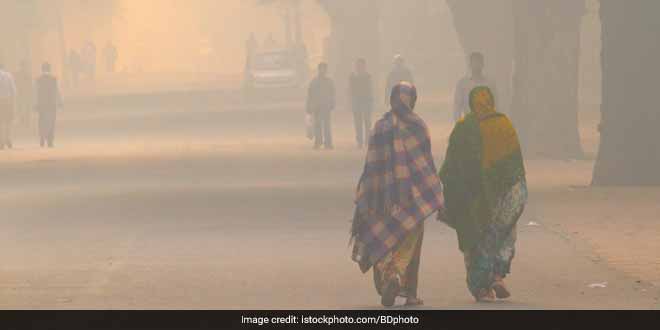New Delhi: The air quality of the national capital today turned “poor” and the situation would further deteriorate in the next few days, according to central government agency SAFAR, which monitors air pollution.
The day-long average of PM 2.5 and PM 10, which are ultrafine particulates, were 178 and 94 micrograms per cubic metre (ug/m3), while the air quality index of the Central Pollution Control Board (CPCB) was poor.
A “poor” Air Quality Index (AQI) essentially means that people will have breathing discomfort on prolonged exposure to such air. On further dip in air quality, AQI will turn “very poor” and “severe”.
An official of the CPCB attributed the rise in pollution levels to ground-level activities such as burning of paddy stubble in neighbouring Punjab and Haryana and meteorological conditions including a cyclonic circulation and a fall in wind speed that traps pollutants.
According to the forecast of SAFAR (System of Air Quality and Weather Forecasting And Research), the level of PM 2.5 may breach the 100 mark while PM 10 will be around 190 ug/m3 in the next three days.
The prescribed standards for PM 2.5 and PM 10 are 60 and 100 micrograms per cubic metre, respectively.
Nine out of 17 monitoring stations of CPCB recorded poor quality air, while two recorded very poor quality air. Four stations of SAFAR had air quality in the poor category.
Winter is a critical time in Delhi as meteorological conditions trap air pollutants near the earth’s surface.
The volume of pollutants also rises alarmingly due to the burning of paddy stubble in Haryana and Punjab and bursting of firecrackers during the festive season.
Last year, the air quality of Delhi had plunged and a dense blanket of smog had kept the city shrouded for over a week in November, soon after the Diwali festivities, prompting the authorities to announce closure of schools among other emergency measures.




























